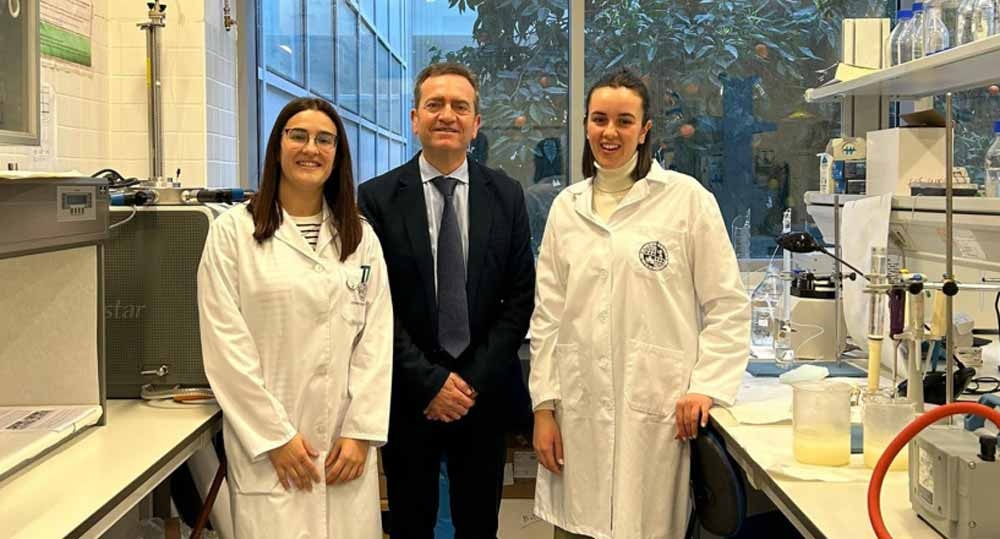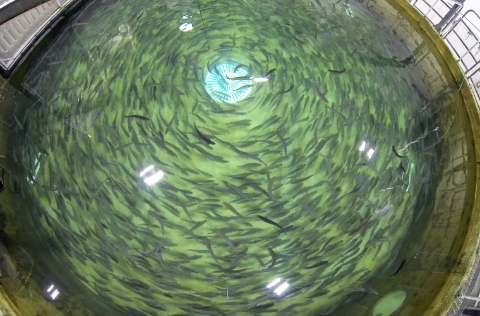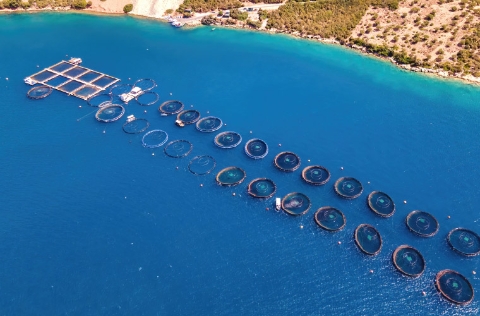
A team of researchers from the Polytechnic School of Linares, in collaboration with the University of Almería, has developed a new eco-friendly and scalable technique to extract natural pigments from marine microalgae. The project forms part of the ALGAHUB initiative, funded by Spanish’s Ministry of Science, Innovation and Universities.
The method enables the extraction of phycoerytrin (B-PE)-a pink, water soluble pigment antioxidant, antimicrobial and anti-inflammatory properties- from the red microalga Porphyridium cruentum. These pigments have promising applications in sectors such as food production, cosmetics, and agriculture.
Marine algae offer several key advantages for sustainable production: they absorb CO2 efficiently, thrive in non-arable using saline or wastewater, and have a faster growth rate than terrestrial crops.
The new process involves just two stages: an osmotic shock step to break down cell walls, followed by membrane-based fractionation. According to project lead Dr Ruperto Bermejo, “this method is simple, sustainable and scalable, making it easier to purify B-PE for use in food-grade applications.”
The extraction relies on tangential flow ultrafiltration, resulting in a 71% yield and a purity level of 0.7, suitable for food industry standards. Among the membranes tested, the 10 kDa filter delivered the best results. The pigment’s stability was also enhanced with natural food additives, such as carrageenan, a compound commonly used in food processing.
Phycoerythrin (B-PE) is increasingly in demand as a natural alternative to synthetic dyes, reflecting consumer concerns over artificial additives. Its potential health benefits-including antioxidant and anti-cancer properties-add further commercial values.
The global market for phycoerythrin is expected to expand steadily, with forecast indicating a compound annual growth rate (CAGR) of 6.2% through to 2032, growing from $4.2 million to $7.6 million.
While conventional extraction methods often require multiple complex stages, they are not easily adapted for industrial-scale production. In contrast, membrane-based technologies offer significant advantages: they are modular, environmentally friendly, and avoid the need for chemical additives, thermal treatment, or phase changes. Additionally, they allow for the recovery and reuse of by-products, improving overall sustainability.



